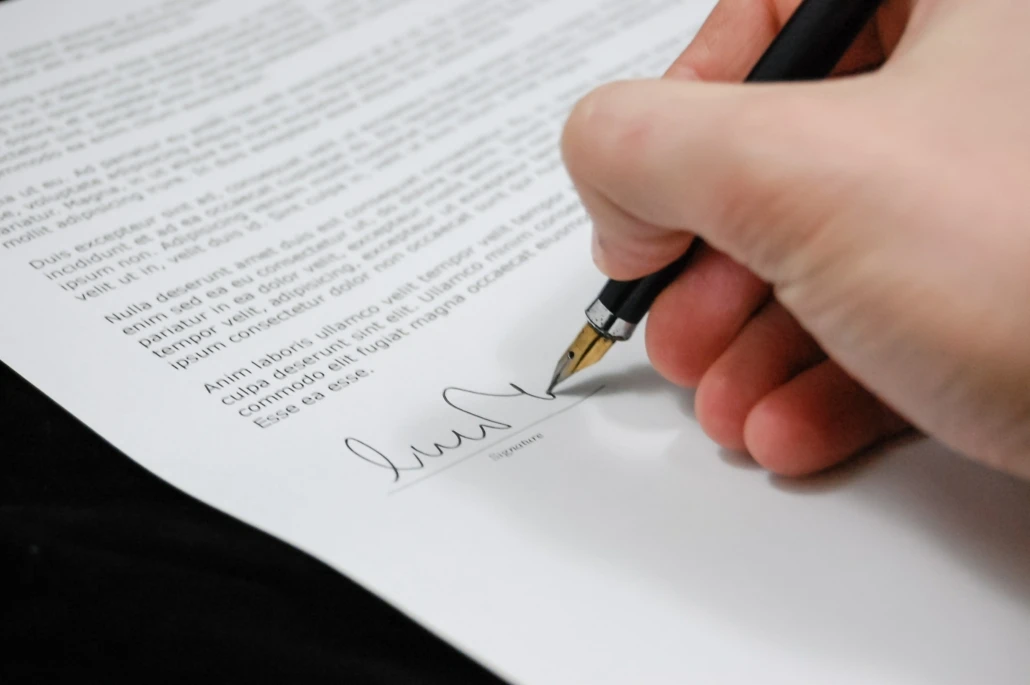New Local Laws You Should Be Aware of in New York City That Pertain to New Roofing
With so many kinds of buildings in New York City, it can be hard to keep track of what local building laws pertain to your building. Being proactive in educating yourself on building laws, including those pertaining to roof installation, will be more beneficial than you may at first believe.Some of the most recent local laws are listed below, including an explanation of each. Our goal is to inform you of some things you need to know when it comes to replacing or installing your new roof. Your New York City commercial roofing contractor will be able to assist you as well, keeping your building ready to operate as you need.
Local Law 92
Local law 92 concerns sustainable roof zones and green and solar roof requirements for new buildings and complete roof replacements. It covers how to create a sustainable roof zone and what conditions would require this type of zone.
Beginning November 15, 2019, new buildings or those altering or enlarging their building (either vertically or horizontally) in a way that would require a new roof during construction work must have a permit. Their New York City commercial roofing contractor must submit a form (Local Law 92/94 of 2019 Sustainable Roof Zone form) certifying their compliance or exemption from the requirements before their plan can be approved.
Below are a few of the areas excluded from these requirements. They include but are not limited to:
- Areas occupied by rooftop structures
- Water towers
- Greenhouses
- Mechanical equipment
- Guardrails
- Solar thermal systems
- Equipment access pathways
- Recreational spaces
- Pitched roofs (greater than 17%)
- Rooftop access areas required by fire code
The Local Laws 92 and 94 of 2019 NYC Department of Buildings Bulletin clarifies new and existing buildings’ green roofs and solar requirements.
Local Law 94
Much of Local Law 94 has been addressed alongside Local Law 92 (above). While LL 92 and LL94 are a pair of legislation requiring sustainable roofing systems on all new roofs, LL 94 particularly addresses roofs under major construction. This includes new and existing rooftops in New York state. LL 92 amends the standards for smaller buildings in the area.
You may wonder why these laws were passed in the first place. The NYC City Council task force estimated that 70% of the city’s carbon emissions were coming from buildings. These Local Laws were implemented as part of the city’s effort to become carbon neutral by 2050.
Solar panels and green roofs are a great way to move towards more energy-efficient living. A solar panel gathers energy from the sun, providing clean and renewable electricity. Green roofs have many environmental benefits, including improved air quality, added gardening options, and decreasing need for heating and cooling systems. Ideally, a combination of both solar panels and green roof space can give you the best of both worlds long term.
Local Law 97
Local Law 97 is part of a very impressive plan to reduce emissions in the state of New York. Although all the Local Laws addressed in this article are part of the Climate Mobilization Act (CMA), Local Law 97 focuses primarily on improving the overall efficiency of buildings, while Local Laws 92 and 94 support the larger Local Law 97 efforts. Building owners are encouraged to work with a registered design professional as well as a New York City commercial roofing contractor to be sure whether their building is subject to the law.
Local Law 97 addresses the following:
- Buildings 25,000 square feet and up
- 2+ buildings on the same tax lot that together top 50000 square feet.
- 2+ buildings owned by a condo association and overseen by the same board of managers that together surpass 50,000 sq feet
This local law requires these buildings to meet greenhouse gas emissions and energy efficiency limits by the year 2024. These limits are just a stepping stone, though. In 2030, the limits will be even more aggressive and strict. In fact, the goal is to reduce the emissions produced by the largest buildings in New York to 40% by 2030 and then to double that by 2050.
It’s important to note that Local Law 87 covers buildings bigger than 50,000 square feet to present an Energy Efficiency Report (EER) every 10 years by December 31.
A New York City Commercial Roofer Can Ensure These Laws Are Followed
New York City commercial building and renovation laws seem to change by the minute. Because of this, building owners are left confused, anxious, and angry as they are frequently informed about new standards to work by. How can anyone keep track of it all?
Good news – at least when it comes to the new roofing laws. Hiring a professional roofing contractor like A1 Roofing, which serves Long Island, Northern NJ, New York City, Westchester County, and Southern CT, helps take the stress of knowing all the new roofing local laws by heart all away. A1 Roofing is your New York City commercial roofing contractor that works with these laws and standards daily and keeps a careful eye on any new laws or administrative code that is put in place. This allows you to admire your new building or residence with ease.
Contact A1 Roofing today to get started on your beautiful New York roof installation. Have confidence in a contractor that follows all guidelines and obtains all required permits before construction begins. We will communicate every step of the way.
 By Vincent
By Vincent